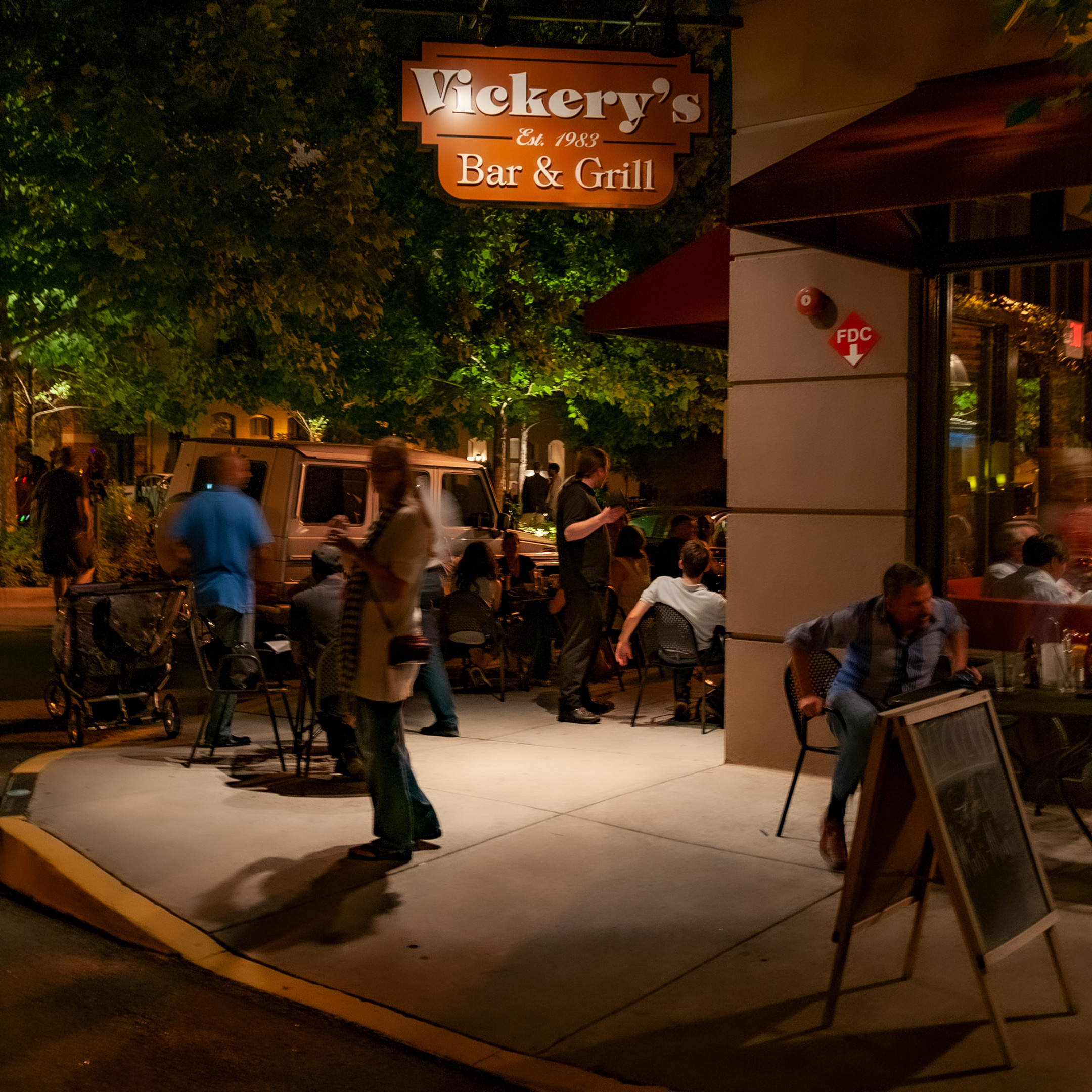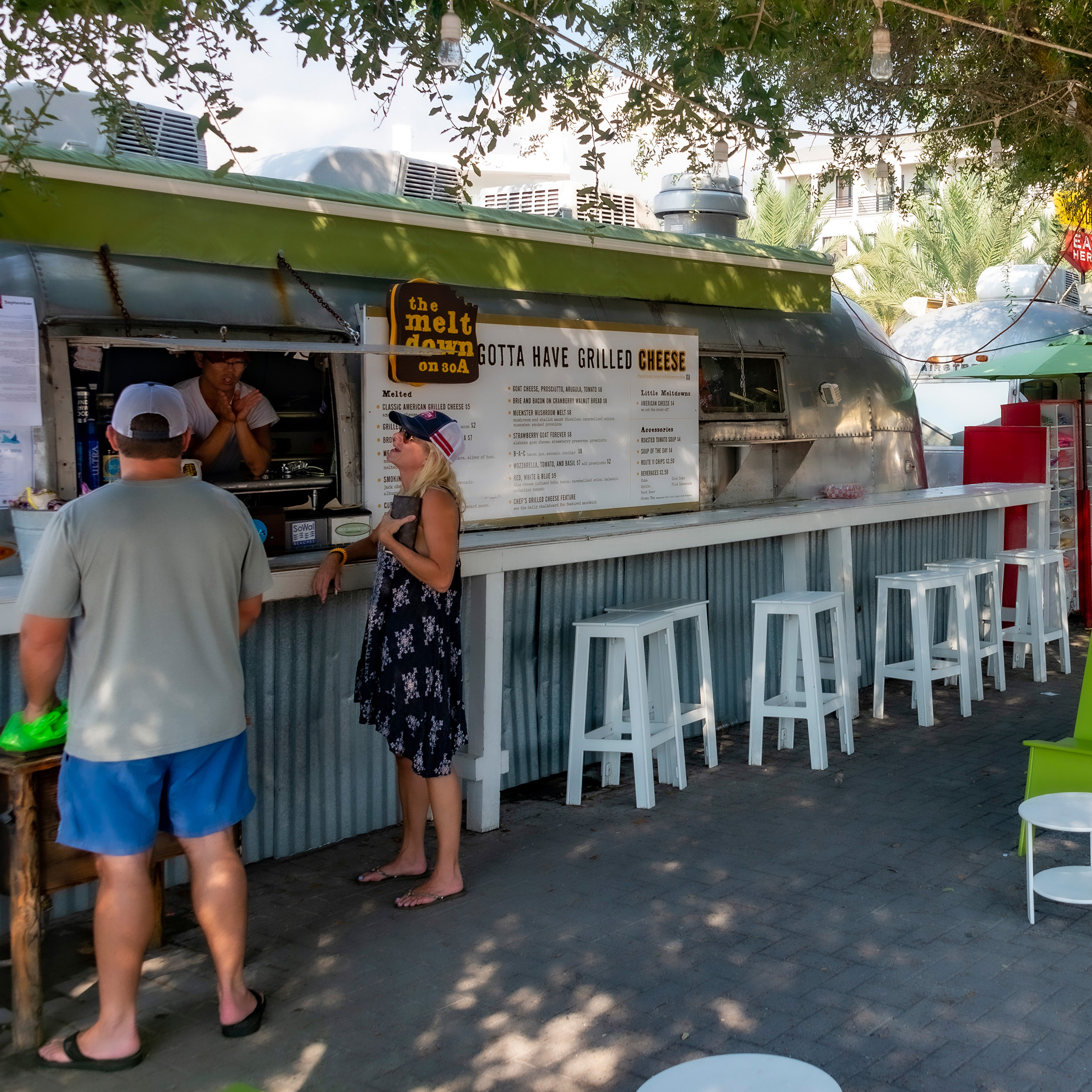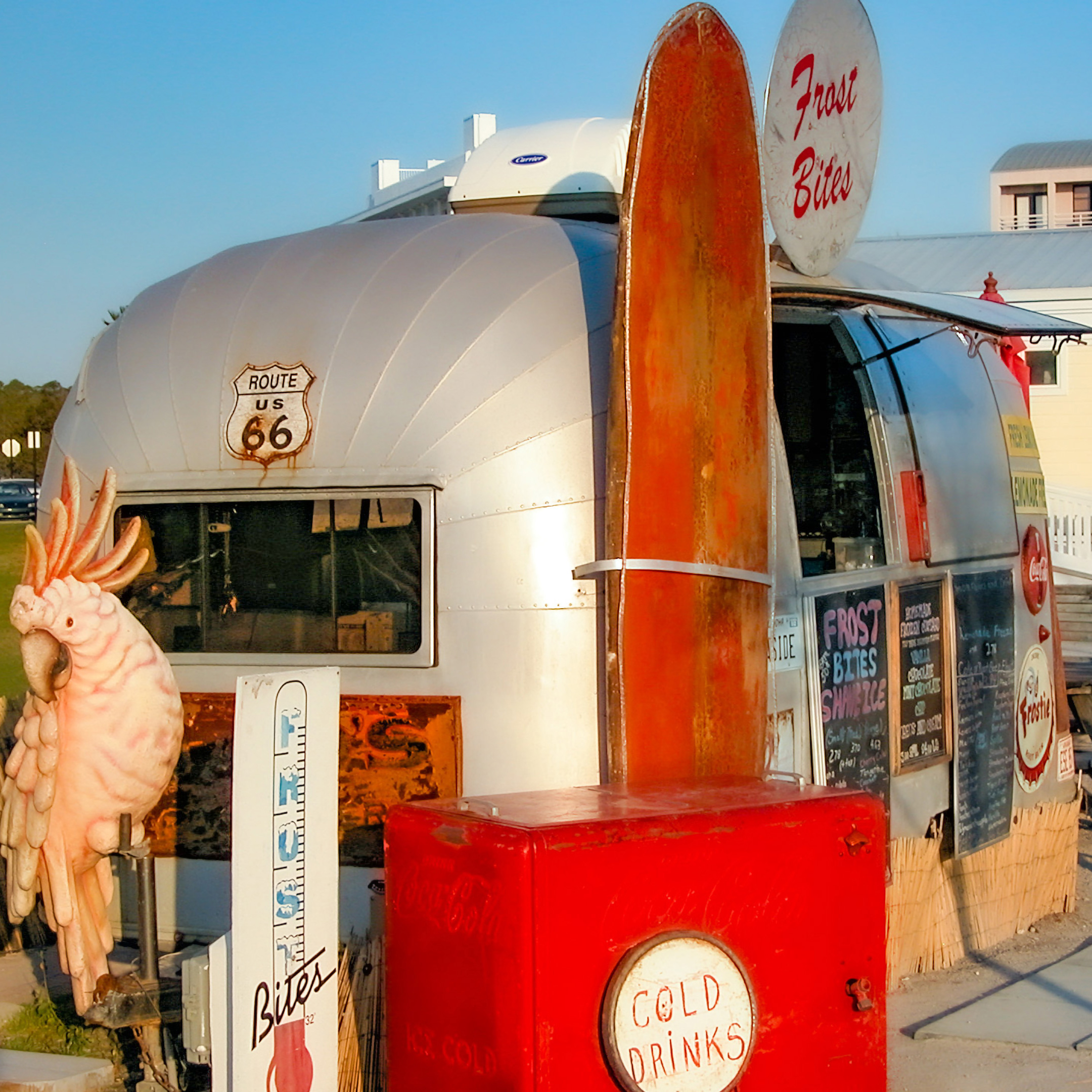
10 Ways to Make Struggling Downtowns Thrive
There are countless good bones in American downtowns across the country, but they’re seldom connected to enough good tissue to be filled with life. This post is on the 10 things needed to make downtowns thrive. And none are the usual suspects. I’ve omitted stuff everyone else talks about, because many of you already know those things.
- Musty Advice Produces Musty Results

But first, unless your town is based on a retirement economy, it’s essential to attract young talent. Do you know what’s important to young talent, and how they choose where to live and work, or are you depending on decades-old Chamber of Commerce strategies written by old folks? The results you get are often similar in quality to the advice you get.
- Place Supersedes Job
“Getting transferred” was a 20th century phenomenon because of company loyalty. When was the last time you even heard someone utter those words? Chances are it’s been a while. Young talent today doesn’t usually even start with the job. Instead, they find a good place to live, then look for a job near where they’re living. They value experiences far above stuff.
.
- Urbanize Your Office Parks—or Continue to Watch Them Die
Does your city want to attract college graduates? Your chances are zero for jobs in an office park. You MUST have urbanity with many connections to interesting places and people. Google “death of office parks” and you’ll get almost a half-billion hits. Redevelop those office parks as authentic urbanism where people can work, live, and participate in the many aspects of civic life and your prospects are good; fail to do so, and your office parks will continue to be populated with workers closer to retirement than graduation.
- Encourage Downtown Incubation
Other young talent is skipping university altogether, unwilling to take on the five- and six-figure student loan debt of their older siblings. Emerging things they’re interested in won’t be in books for 10 years or in curricula for 20, so they start things up and become pioneers. If you want to attract this new wave of entrepreneurs who will transform business in coming decades, they want exactly the urbanity and connectivity of college grads their age, plus incubation places. So learn about, and get great at, downtown incubation (more on this in a future post).
- Start a Yard
I mentioned this briefly earlier, but not within the context of attracting young talent to your town. To older generations, a Yard may be just another place to eat or drink al fresco. To young talent, it’s also a place to meet and plan—rent-free co-working space apart from the money spent on food and drinks.
- All You Need Is a Single Vacant Lot
A Yard is so easy to start; all you need is a vacant lot owned by someone who wants to boost its value until it’s time to redevelop. Shown above is Wynwood Yard, in Miami. These images were taken on the last day of its existence, because it had created such vitality and value around it that it was redeveloped thereafter. The yYard formula is so simple: Start with a vacant lot, then add food carts, a stage, a bar with a gravel floor, and inexpensive, repurposed, and salvaged furnishings. You only need one manager, plus someone young with good graphic and social media skills working this gig as a side hustle. The bar and the food carts provide their own staff.
- Yards Create Ideas
Older generations come to a Yard to socialize; young talent also comes to strategize, like the group seen on the left. Not yet members of country clubs or social clubs and frugal enough at charting their ways so they may never be, a Yard is the perfect place to plot world-changing stuff.
8: Bring the Carts and Sheds
Nothing other than high-speed traffic kills Walk Appeal more than gaps in the street frontages, otherwise known as “snaggletooth streetscapes.” The easiest way to begin to heal downtown streets is with food carts and shop sheds. And they’re portable enough that if someone wants to develop that stretch of street, they can be moved elsewhere to help another stretch of street heal.
- Start With One and Build From There
You don’t have to start big with food carts. Seaside started with just one. People loved it so they brought in more, creating today’s interesting and delicious street frontage. Even as great as Central Square is, the Walk Appeal of 30-A clearly benefits from the strong frontage. One reason it’s so appealing is because people not only buy food and drinks, but they stop and stay a while, activating the street, because nothing is more interesting to humans than other humans.
- Food Culture Is Intrinsically Urban
If you’re around food carts, food courts, or food halls, notice who’s there. Places people can go and choose what they want to eat, then convene with their friends around a picnic table, is native territory of young talent, so healing frontages is a strong move on many counts.
All photos by the author.









